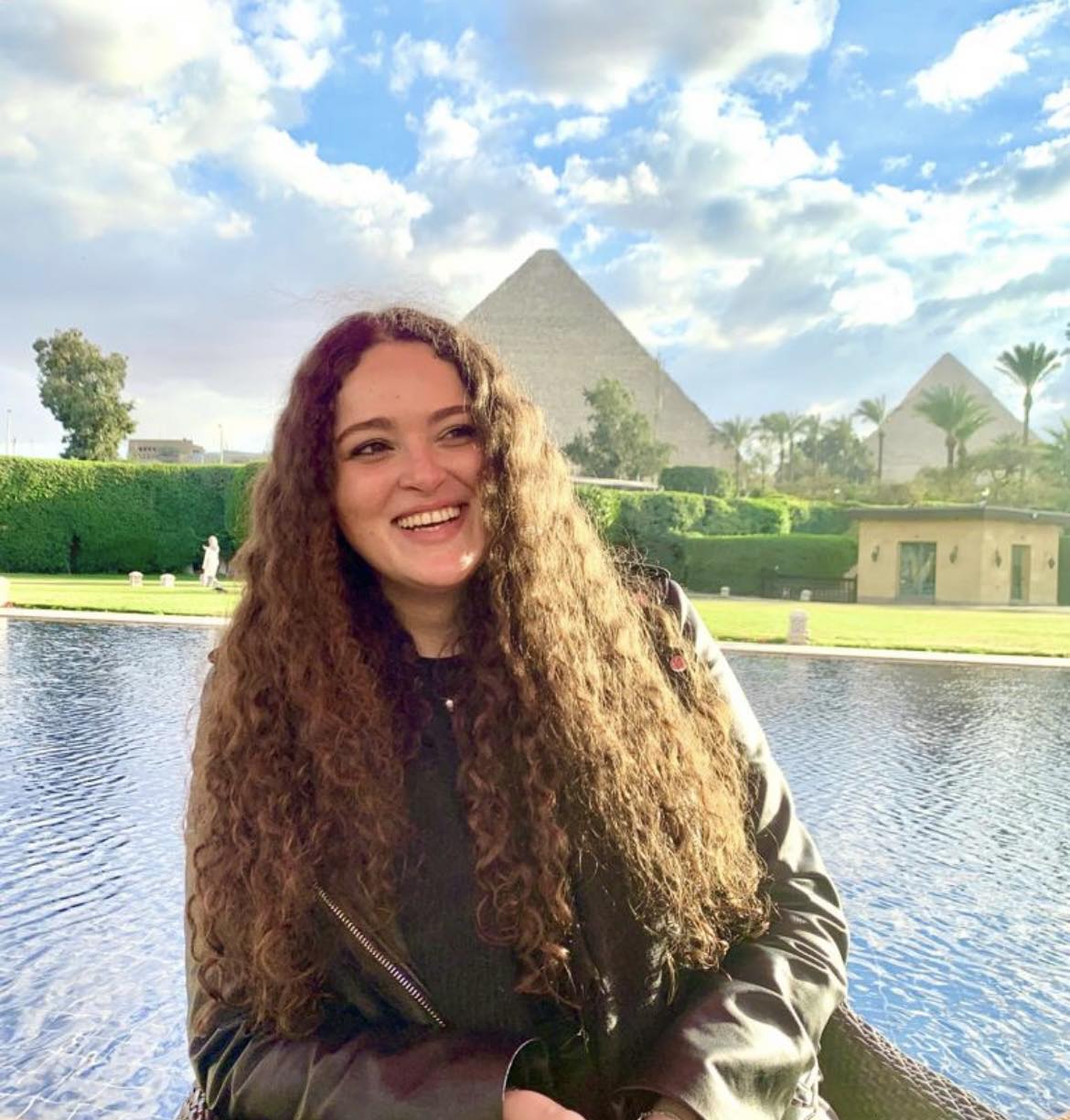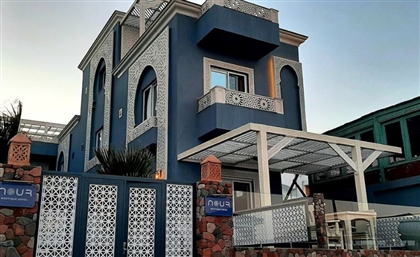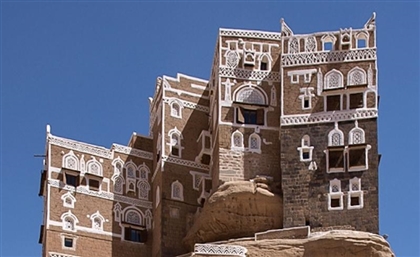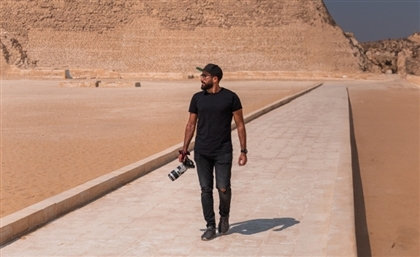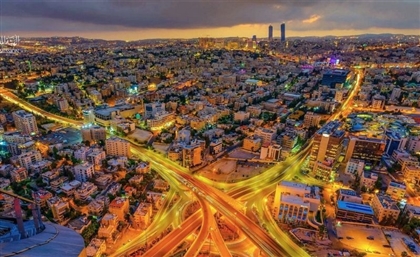Sinai's Sacred & Stunning Valleys Reopen After Over a Decade
Wadi Talah, Wadi Sheikh Awad, and others were off-limits for years to protect their delicate ecosystems — but now, travellers can once again explore them.
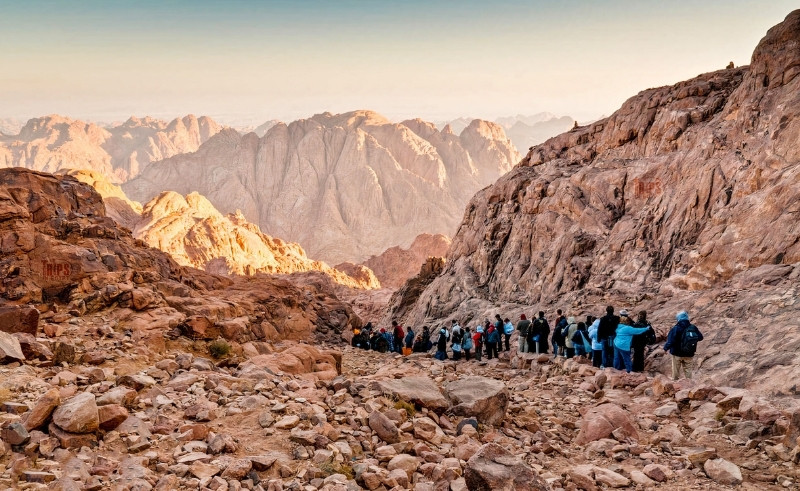
In the stillness of Egypt’s high desert, where wind carves whispers into stone and mountains rise like scripture, lies one of the world’s most sacred corners: the ancient town of St. Catherine.
For decades, travellers have come here to ascend Mount Sinai by moonlight, to reach its summit at sunrise and feel, if only for a moment, what it means to stand where prophets once stood. But beyond the summit and the famed monastery below it, there are valleys—silent, storied, and for years, sealed off.
Now, for the first time in over a decade, those valleys are open once more.
Wadi Talah. Wadi Sheikh Awad. Wadi Jebal. Names that hum like psalms, etched into the memory of the desert. These hidden trails, long protected due to their ecological fragility, are once again welcoming travellers—slowly, respectfully, and always in the company of those who know them best: the local Bedouin communities.
The Jebeliya tribe, whose roots run deeper than the monastery’s foundations, have lived in this region for over 1,400 years. They’ve been caretakers of the land, protectors of tradition, and quiet companions to monks, scholars, and seekers. Today, they lead eco-safaris through the reopened valleys, offering a rare chance to experience Sinai as it once was—without filters, crowds, or haste.
Here, you don’t travel for the destination—you travel for the stillness between footsteps. For a cup of sweet tea brewed on open fire. For the soft crunch of sand beneath your boots and the sudden bloom of wild herbs in a dry wadi. You sleep in guesthouses built of stone and silence. You learn to read the sky.
At the heart of it all is Saint Catherine’s Monastery—built in the 6th century at the foot of Mount Sinai, where it is believed Moses encountered the Burning Bush. Behind its fortified walls, the monastery guards centuries of scripture, sacred art, and the uninterrupted rhythm of monastic life. Yet somehow, the silence outside its walls speaks just as loudly.
In this reawakened corner of the world, nature, faith, and history are not separate threads. They are woven together into the very fabric of the land. And now, that fabric is ready to be touched again.
- Previous Article Air Arabia Launches Flights to Russia's Yekaterinburg & Kazan
- Next Article Six Unexpected Natural Wonders to Explore in Egypt
Trending This Month
-
Nov 29, 2025



